
Chinese Steamed Pork Belly with Taro Recipe
Rich, meltingly tender pork belly meets sweet, starchy taro in kau yuk, a traditional Hakka dish from China’s southern Guangdong Province.
Slices of pork belly and taro are fried, layered into a bowl to steam for hours—soaking up an umami-packed braising sauce all the while—and then inverted onto a platter to serve—like an upside-down cake, but one made of fatty, flavorful meat.
Hearty, comforting, and intensely savory, the dish hits all the classic notes of Hakka cuisine. That’s the food of the Hakka Chinese people, a distinct ethnic subgroup believed to have originated in northern China and migrated to the south, as well as Taiwan and other parts of the world, over thousands of years.
To make kau yuk at home, you’ll need to block off a few hours of your time. The process is long, but much of it is hands-off.
It starts with a slab of pork belly, which needs to be thrice-cooked for that perfect texture: boiled, to remove any gamey smells and impurities; deep-fried, to puff up the skin and bring out its aromas; and finally, slowly steamed with the taro, to coax it into soft, melt-in-your-mouth submission. The taro does a great job at absorbing the juices and fat—along with plenty of flavor—so that the pork belly doesn’t feel overly greasy.
The final component is the sauce. It’s full of umami from two Chinese pantry heavy-hitters: chu hou paste, a common braising condiment made primarily of soybeans, and red fermented bean curd, cubes of bean curd that have been preserved in rice wine and fermented red rice. (This recipe uses only the sauce from a jar of red fermented bean curd, not the bean curd itself.) You can find both ingredients at any Chinese supermarket.
The sauce does triple duty: first as a marinade, then a braising liquid during the steaming step, and finally, after being boosted with aromatics and thickened with cornstarch, a glossy finishing sauce for the final presentation.
In the end, your patience will be rewarded with an impressive dish for any family gathering or holiday. (Hint, hint: Lunar New Year is fast approaching on Jan. 25!)
Chinese Steamed Pork Belly with Taro Recipe
Serves: 4 people
Prep time: 1 hour
Rest time: 1 hour
Cook time: 2 hours
For the pork belly and taro:
1 (2 1/2-pound) slab pork belly, skin-on
3 thin slices ginger
2 stalks scallions, white parts left whole, green parts finely minced
About 2 cups vegetable oil, for frying
3 tablespoons dark soy sauce
1 large (2-pound) taro root
For the sauce:
2 tablespoons soy sauce
1 tablespoon dark soy sauce
2 tablespoons Shaoxing wine
1 tablespoon oyster sauce
1 tablespoon chu hou paste
1 tablespoon sauce from a jar of red fermented bean curd (not the bean curd itself)
1 tablespoon sugar
1 cup chicken broth
1 tablespoon vegetable oil
3 cloves garlic, finely minced
1 teaspoon finely minced ginger
2 star anise
2 bay leaves
1 teaspoon cornstarch
1 teaspoon water
Instruction
To prepare the pork belly and taro:
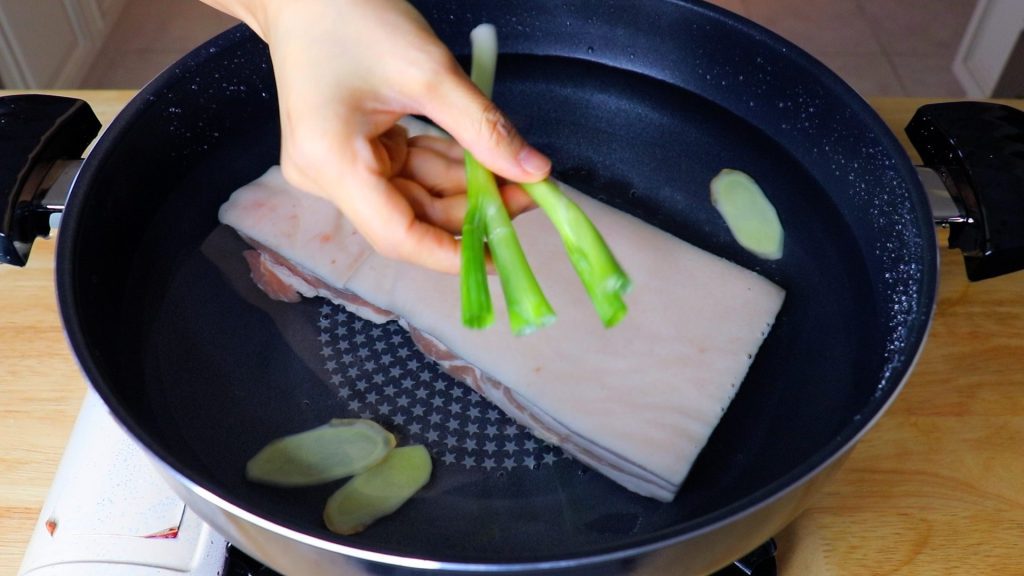
Place the pork belly in a large pot of room temperature water, enough to completely cover the pork belly. Add ginger and the white parts of the scallions. (Reserve the minced green parts for the final garnish.) Cover the pot, turn the heat to high, and let it boil for 30 minutes, until the pork belly is cooked medium-well.
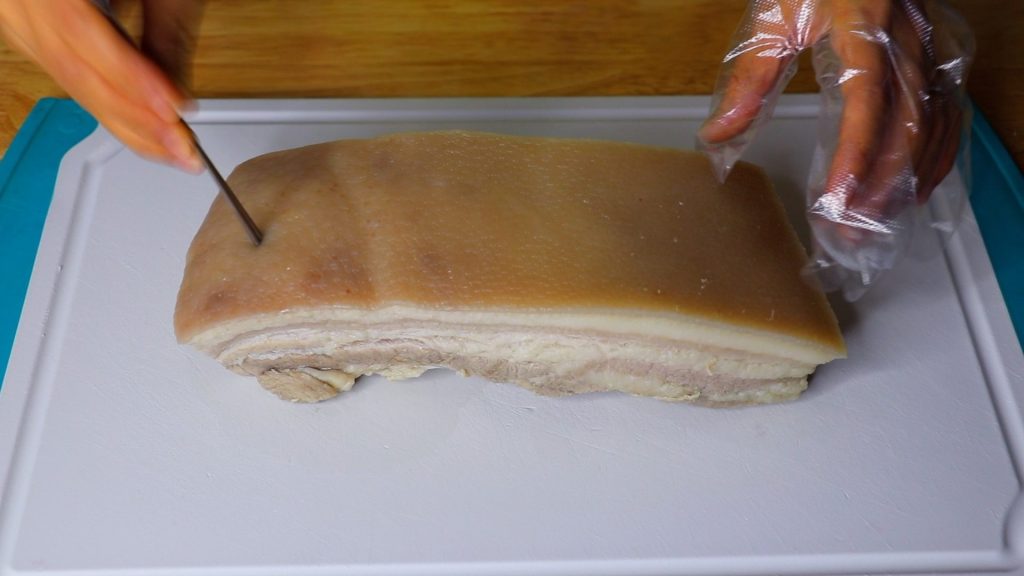
Take out the pork belly and place it on a flat working surface. While it is still hot, use a few metal skewers or a knife to prick holes all over the skin. (This will give the skin a puffy texture and prevent it from cracking when we deep-fry it later on.) Pat dry with paper towels.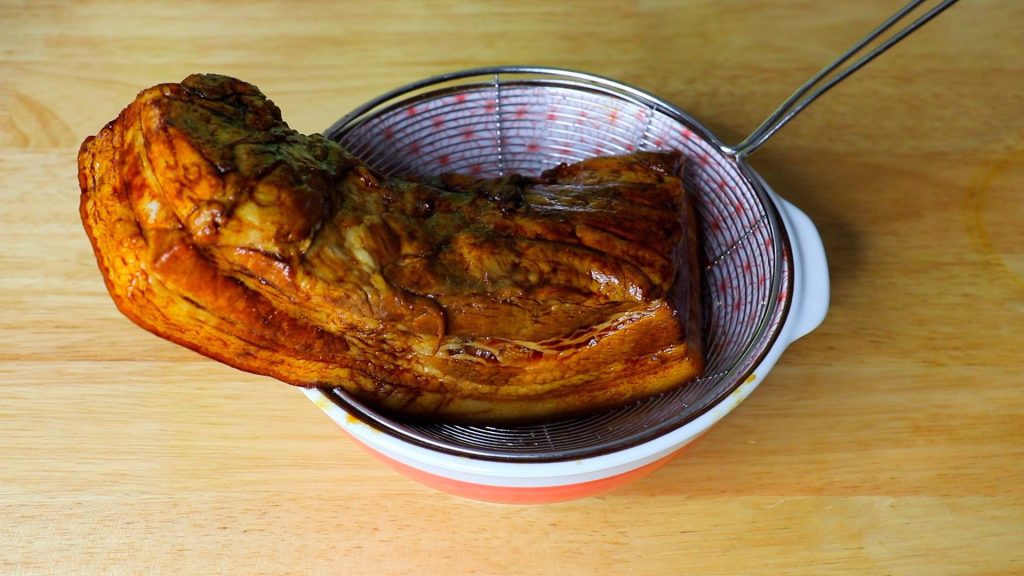
Also, while it is still warm, brush 3 tablespoons of dark soy sauce all over the pork belly. Place the pork belly in a strainer or on a wire rack and let it air-dry for 30 minutes.
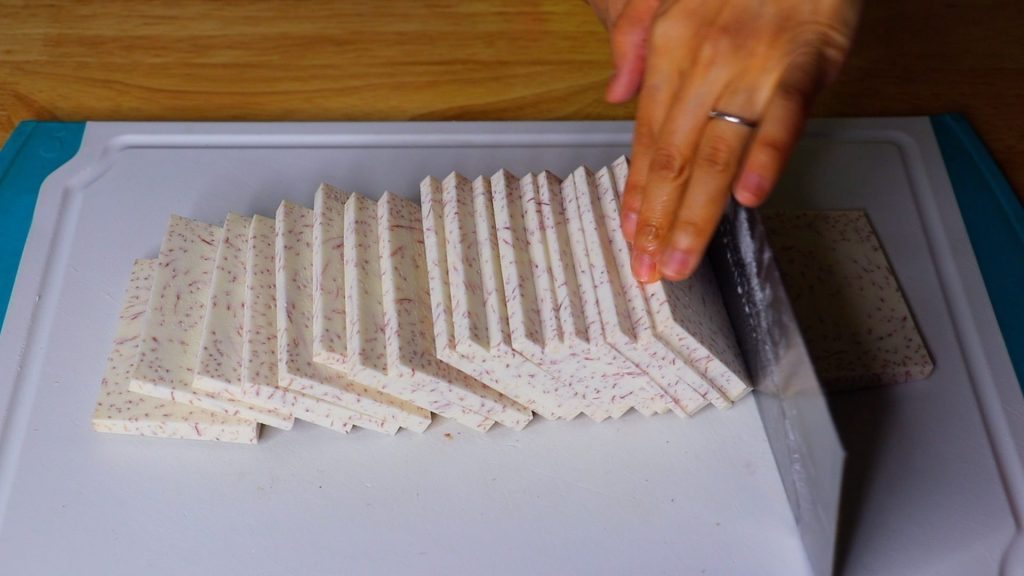
Meanwhile, peel the taro and cut it into rectangular slices 3 inches in length, 2 inches in width, and 1/2 inch in thickness.
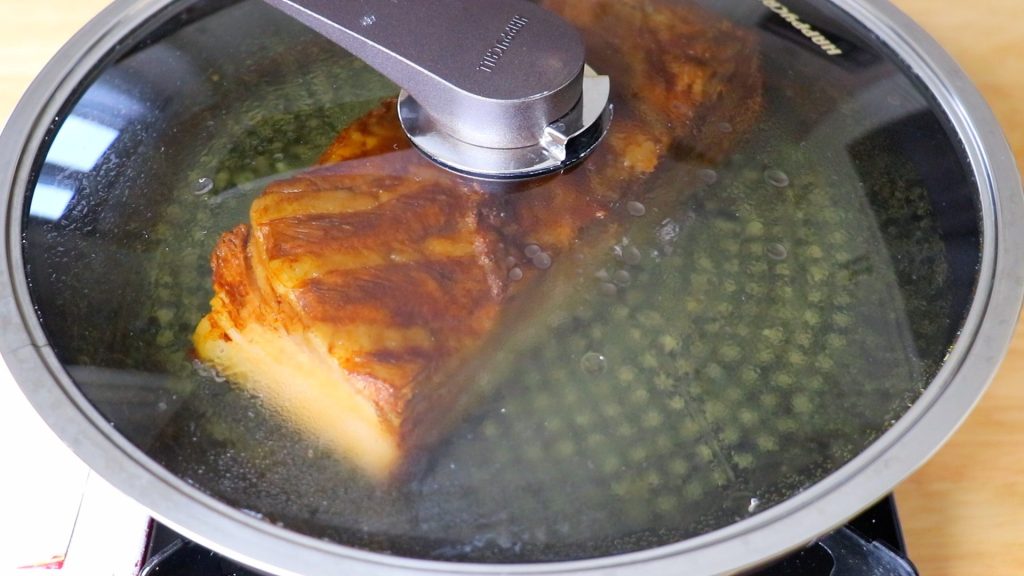
In a pan over medium heat, add about 2 cups vegetable oil, or enough for a layer about the same depth as the thickness of the pork belly skin. While the oil is still cool, add the pork belly, skin side down, and quickly cover the pan to prevent the oil from splattering everywhere. Fry the skin over medium heat for about 3 minutes, until golden. Turn off the heat and wait until the oil is no longer splattering before removing the lid. Transfer the pork belly to a flat working surface to cool.
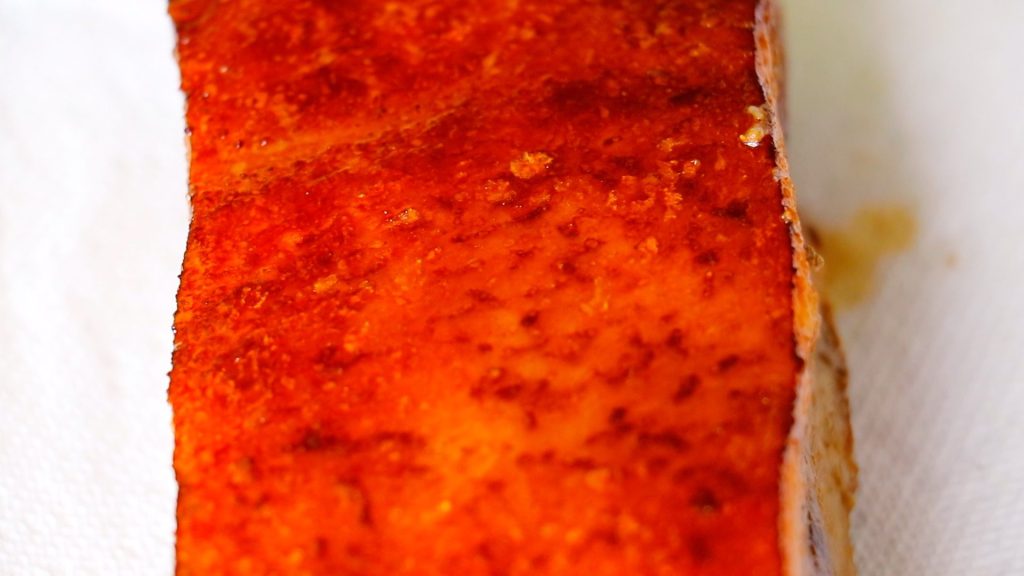
The skin should be golden and covered with small spots.

While the pork belly is cooling, deep-fry the taro. In the same pan over high heat, add the taro slices to the oil and deep-fry for about 3 minutes, flipping them occasionally, until golden. Carefully transfer them to a paper towel-lined plate, making sure the slices do not overlap, as they might stick to each other while they are still hot.
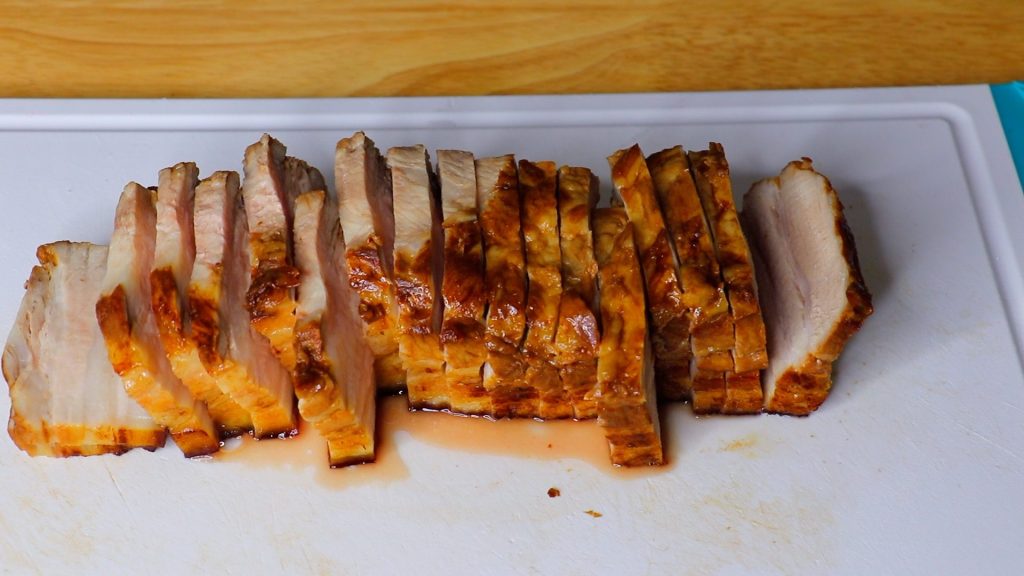
After the pork belly has cooled, trim off any uneven parts (save the scraps for later!) to make a uniform rectangle. Cut the pork belly into 1/2-inch-thick slices.
To make the sauce:
In a bowl, mix together the soy sauce, dark soy sauce, Shaoxing wine, oyster sauce, chu hou paste, red fermented bean curd sauce, sugar, and chicken broth.
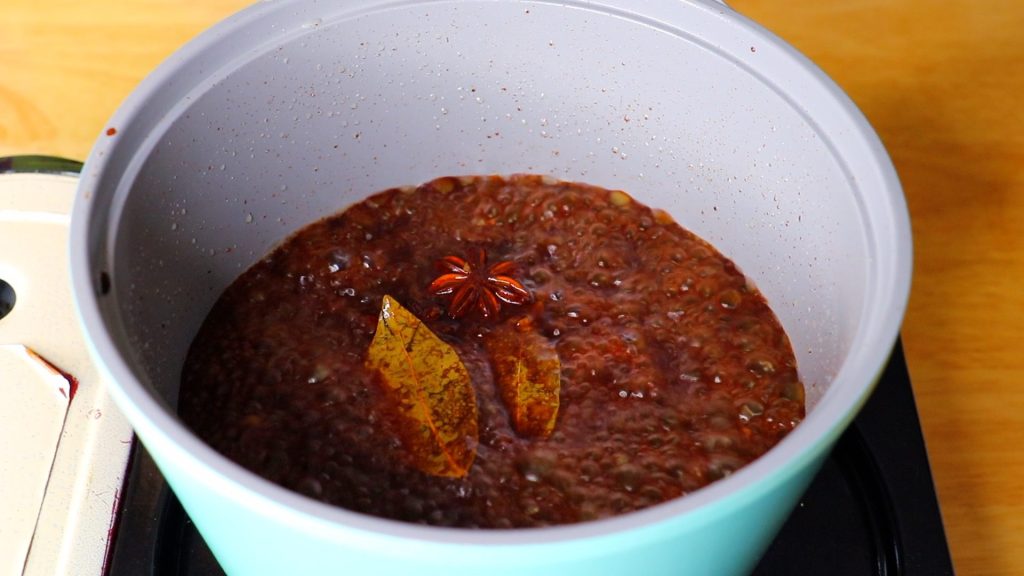
In a small saucepan over low heat, add 1 tablespoon of vegetable oil. Add the garlic, ginger, star anise, and saute until aromatic. Pour in the sauce and turn the heat to high. Bring the sauce to a boil and cook over high heat, stirring occasionally, for 2 minutes.
To steam:
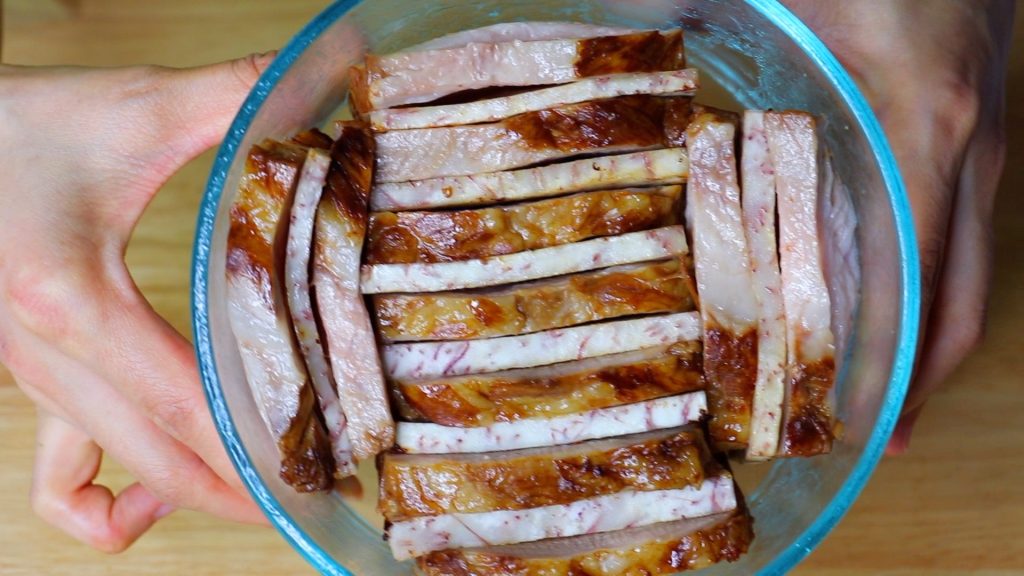
In a large bowl, arrange the pork belly and taro slices in alternating layers, standing them upright (with the pork belly skin side down). Pour the sauce all over the pork belly and taro, making sure to cover every slice. Let it marinate for 30 minutes.
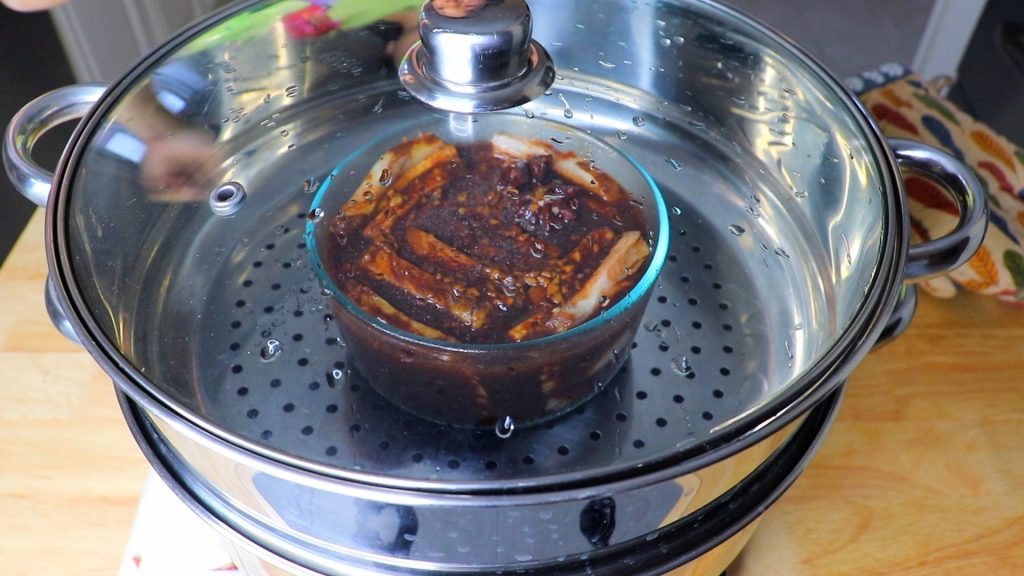
In a large steamer, bring water to a boil. Transfer the bowl of marinated pork belly and taro. Steam over high heat for 2 hours, adding more hot water to the steamer every 30 minutes.
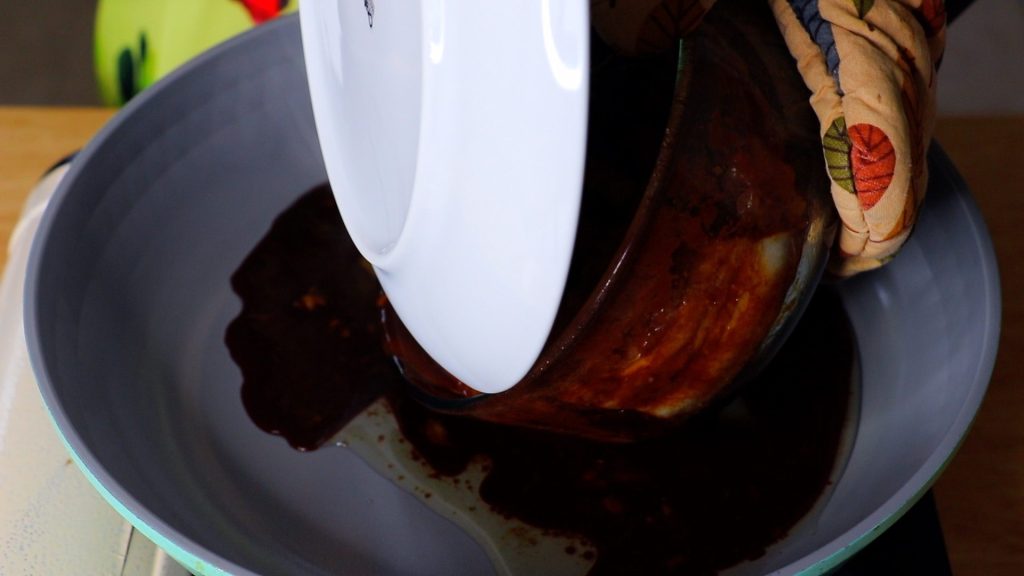
Carefully remove the bowl from the steamer. Pour the sauce from the bowl into a small saucepan and bring it to a simmer over medium-high heat. In a small bowl, mix together 1 teaspoon cornstarch and 1 teaspoon water to make a cornstarch slurry. Add to the saucepan and cook, stirring, until the sauce is thickened.
To serve:
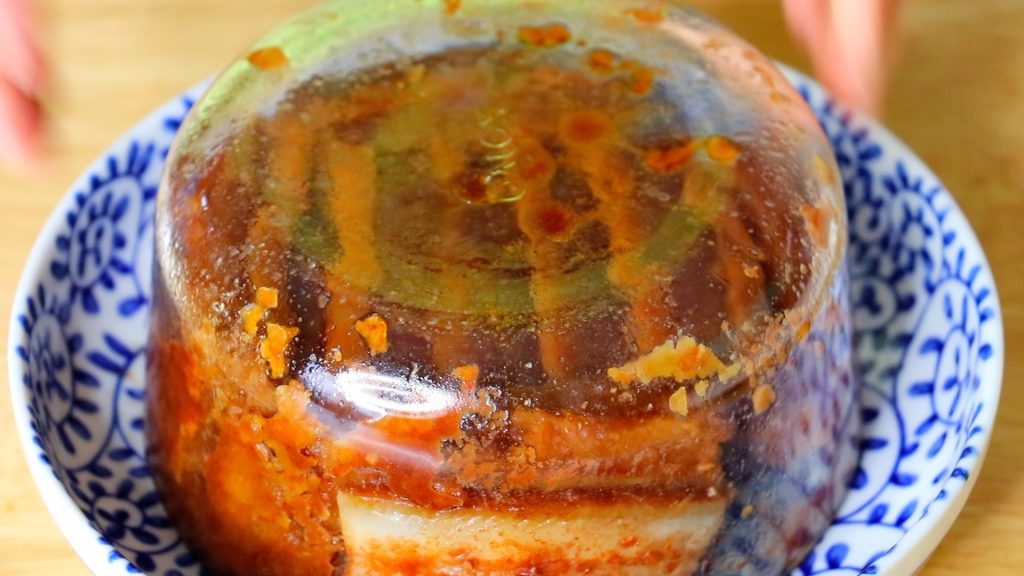
Place a plate over the bowl of pork belly and taro, making sure it completely covers the top. Carefully invert the bowl onto the plate, then lift up the bowl to uncover the pork belly and taro. Pour the thickened sauce on top, garnish with the reserved green parts of the scallions, and serve!
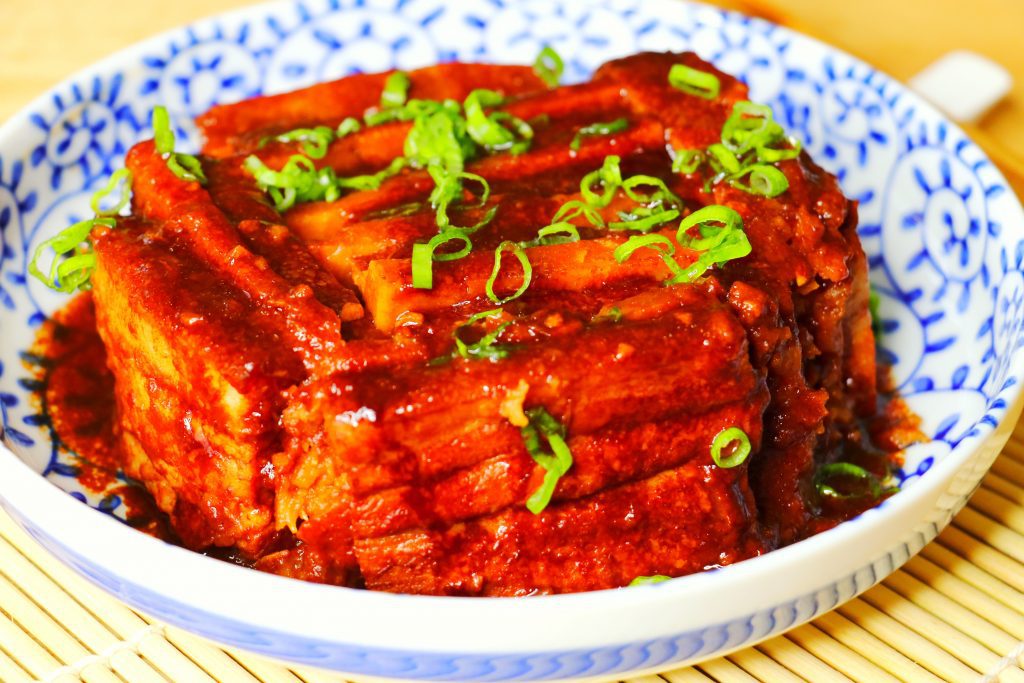
Recipe by CiCi Li. Article by Crystal Shi, the food editor of the Epoch Times.
Related Recipes
You may also like

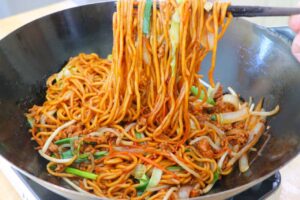
15-Min Ground Chicken Lo Mein Recipe
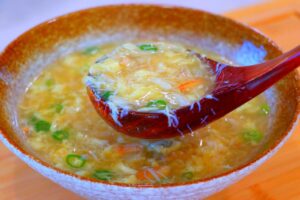
5-Min Crab Egg Drop Soup Recipe
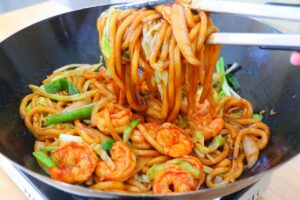
15-Min Shrimp Udon Stir-Fry Recipe
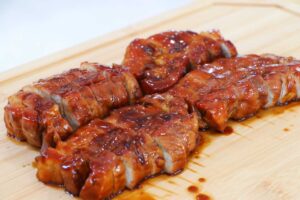
30-Min Teriyaki Pork Belly Recipe
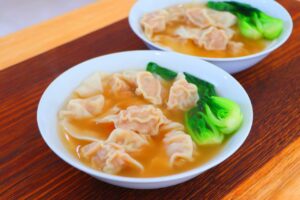
25-Min Chicken Wonton Soup Recipe
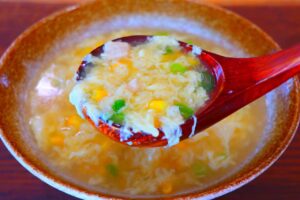
10-Min Chicken and Corn Egg Drop Soup Recipe

10-Min Thai Crab Fried Rice Recipe

20-Min Rice Paper Scallion Pancakes
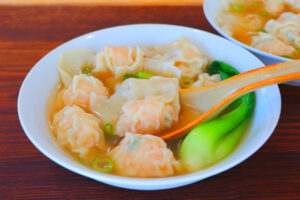
30-Min Shrimp Wonton Soup Recipe
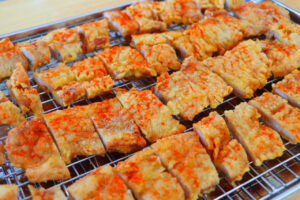
20-Min Crispy Fried Pork Belly Recipe
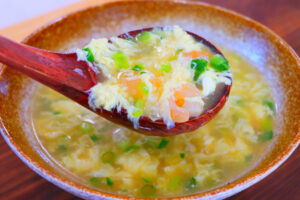
10-Min Seafood Egg Drop Soup Recipe

30-Min General Tso’s Chicken Recipe
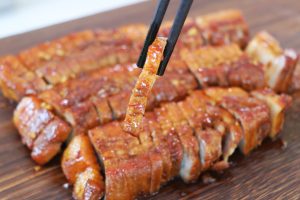
30-Min Honey Garlic Pork Belly Recipe
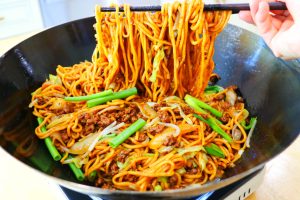
15-Min Beef Lo Mein Recipe
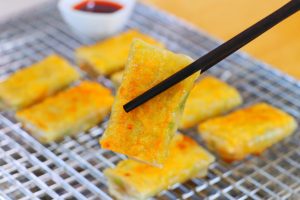
30-Min Crispy Shrimp Dumplings with Rice Paper
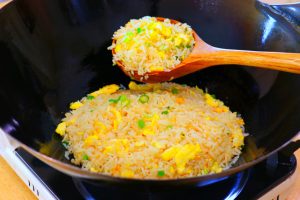
3-Min Egg Fried Rice Recipe

25-Min Chicken Lo Mein Recipe
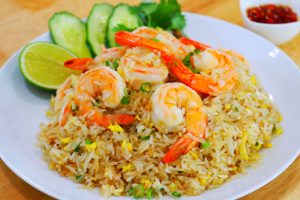
15-Min Thai Shrimp Fried Rice Recipe
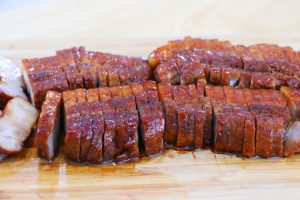
30-Min Braised Pork Belly in Soy Sauce Recipe
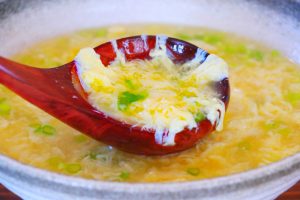
5-Min Egg Drop Soup Recipe: Better Than Takeout
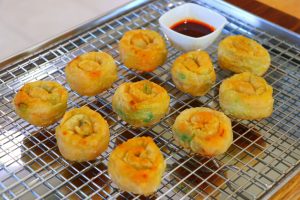
25-Min Crispy Rice Paper Shrimp Dumplings

25-Min Beef and Onion Lo Mein Recipe
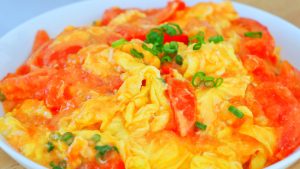
15-Min Stir-Fried Tomato & Egg Recipe
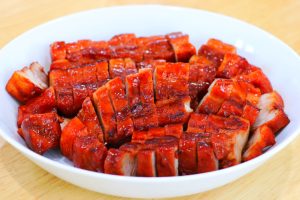
30-Min Char Siu Pork Belly Recipe—No-Oven Needed!

10-Min Crispy Rice Paper Seafood Omelet Recipe
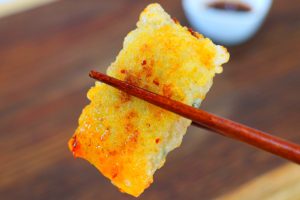
Crispy Rice Paper Chicken Dumplings

10-Min Crispy Salt and Pepper Shrimp Recipe

Crispy Chicken Spring Roll Pockets
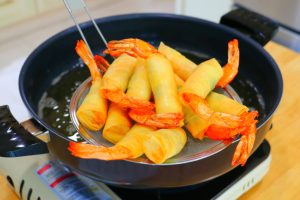

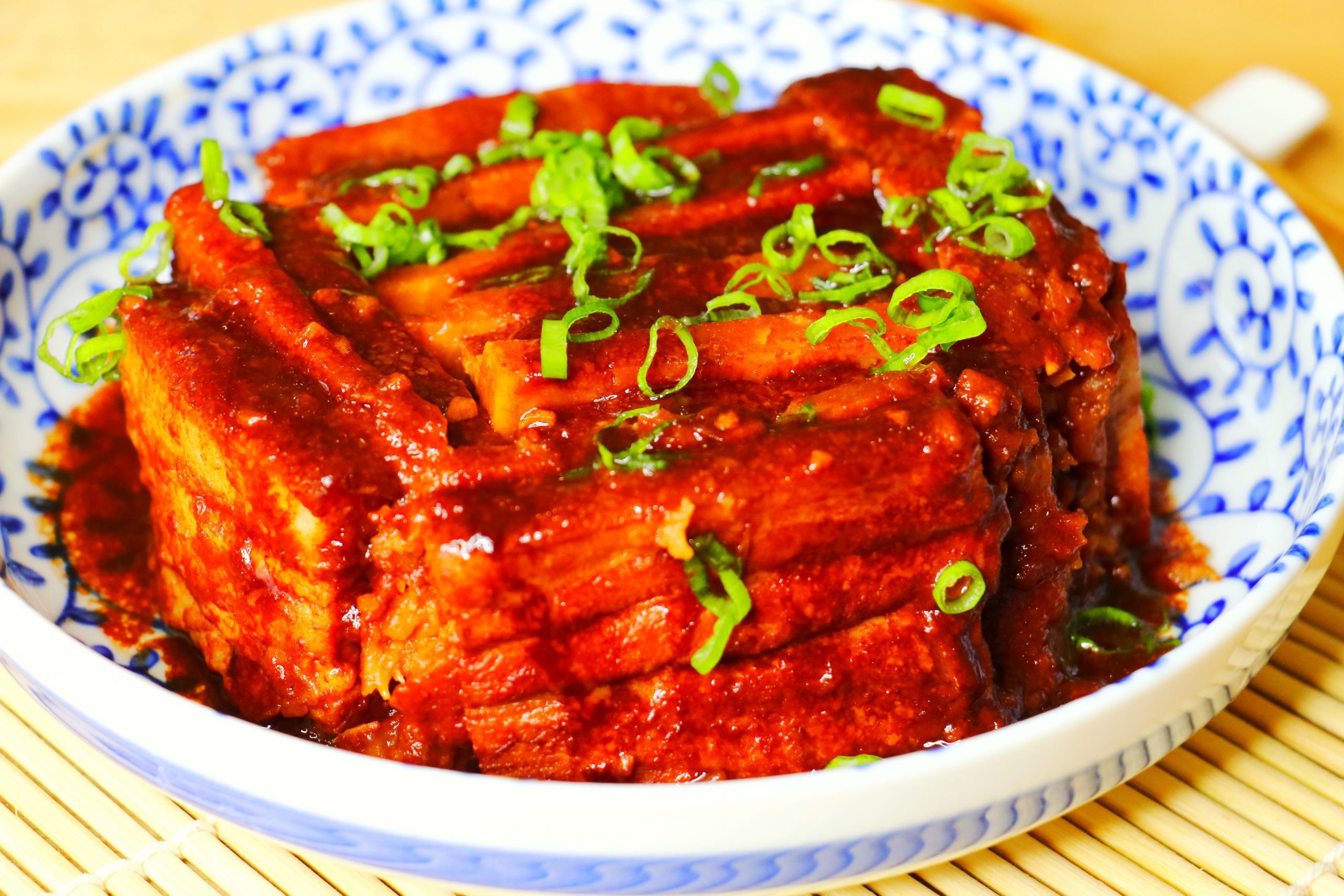
2 thoughts on “Chinese Steamed Pork Belly with Taro Recipe”
Where to buy taro
Hi James,
Thanks for the question! Taro is available in most Chinese supermarkets. I hope you’ll find it. Happy cooking!